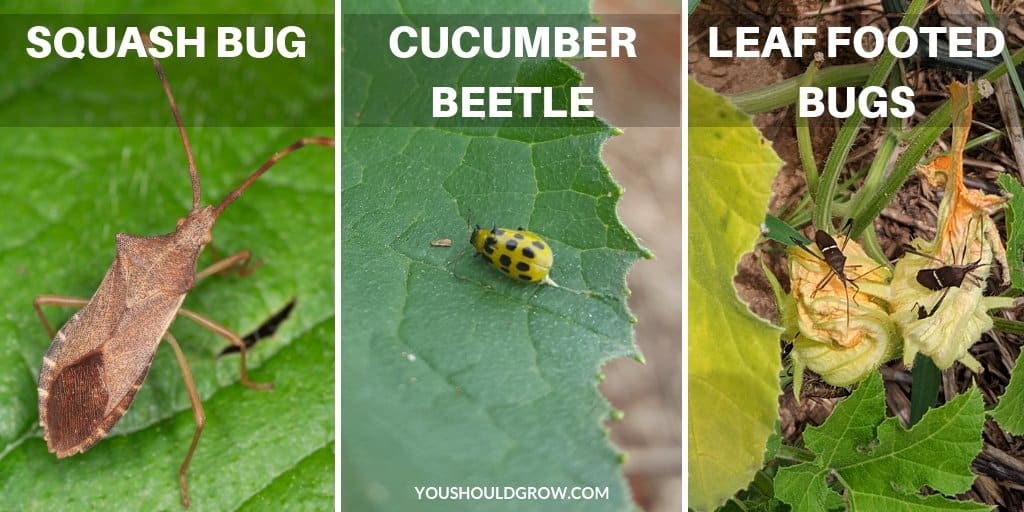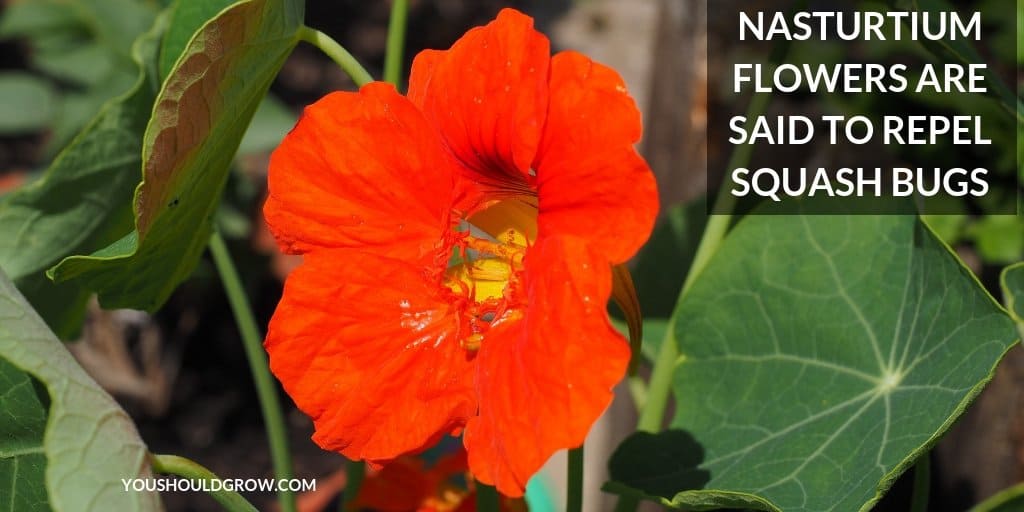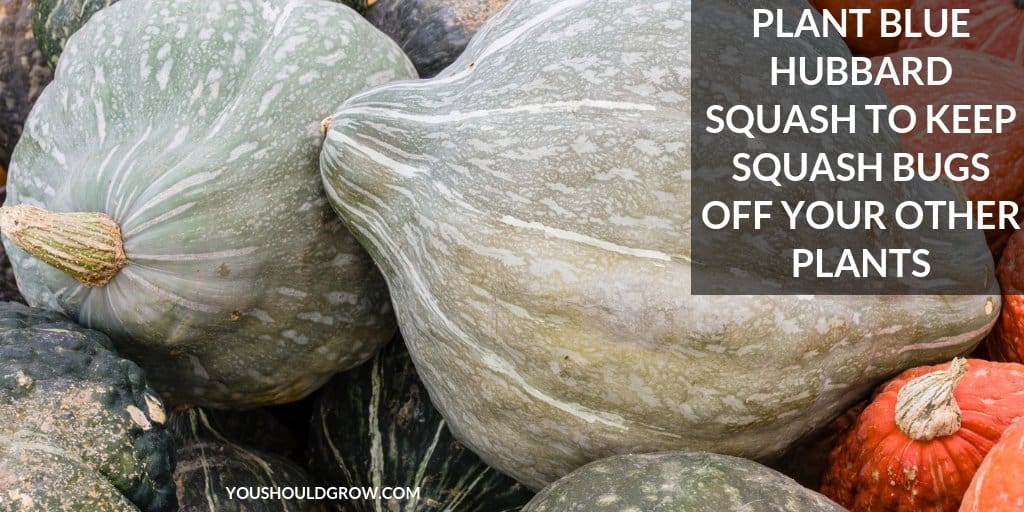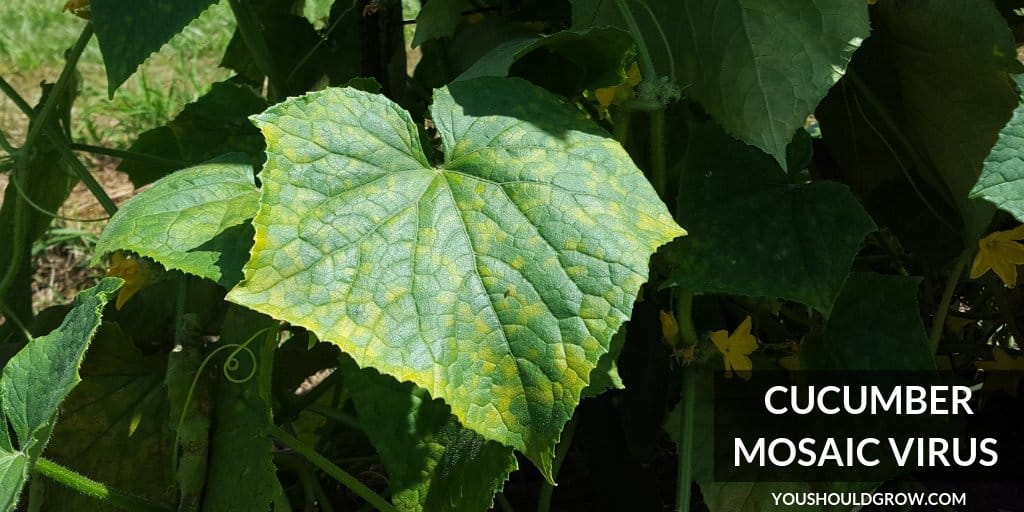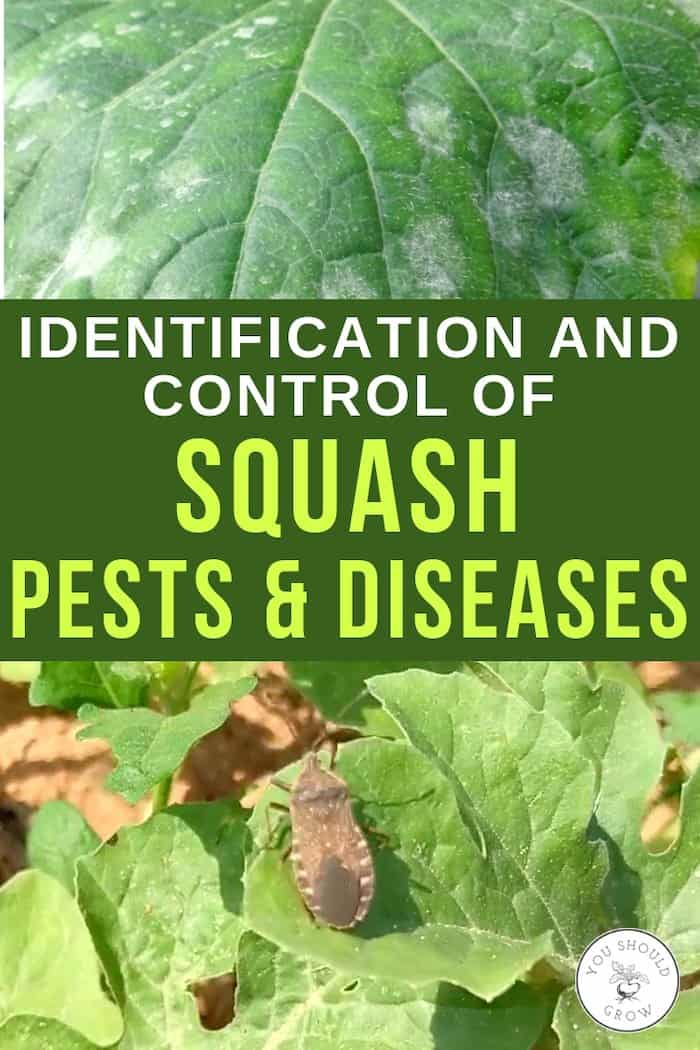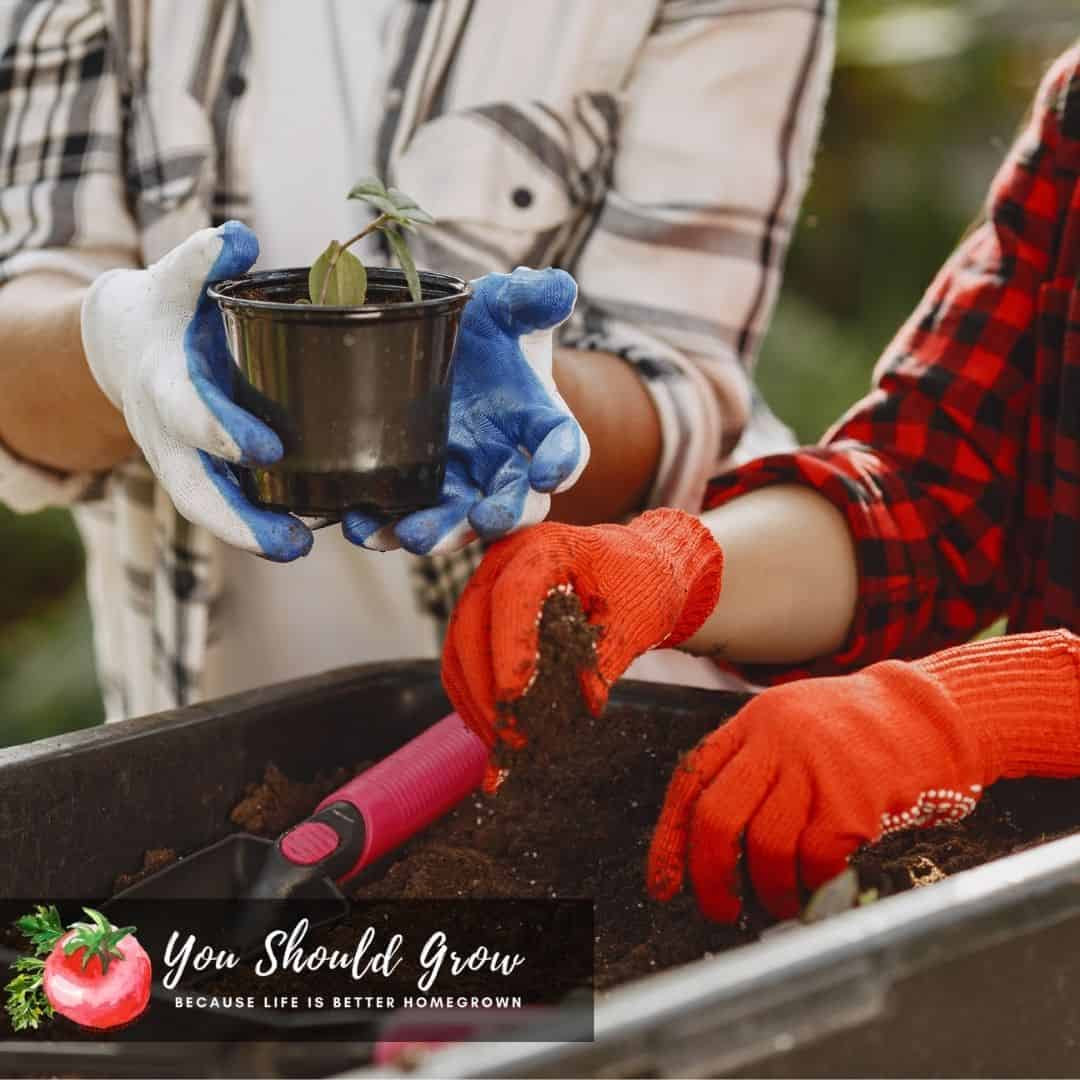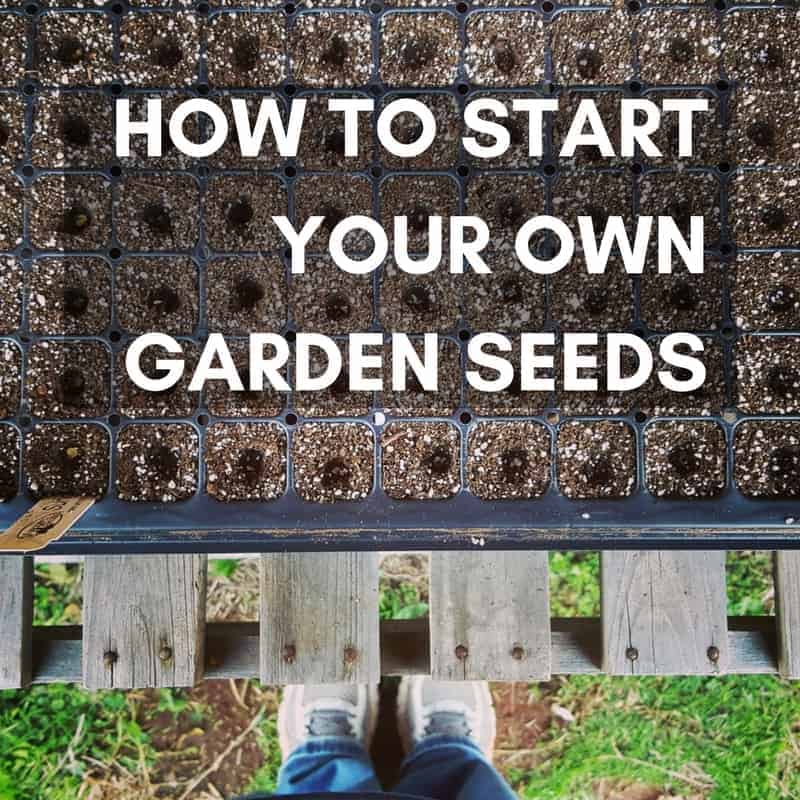Organic Control Of Squash Pests & Diseases
As an Amazon Associate and member of other affiliate programs, I earn from qualifying purchases.
As far as veggies go, squashes tend to be pretty low maintenance plants. They’re adaptable to all types of soil, produce tons of fruit, and don’t need any pruning. But there are a few squash pests and diseases that you have to look out for.
At some point, whether you’re growing winter squash or my favorite, crookneck summer squash, you’re sure to encounter one of these common squash plant pests or diseases.
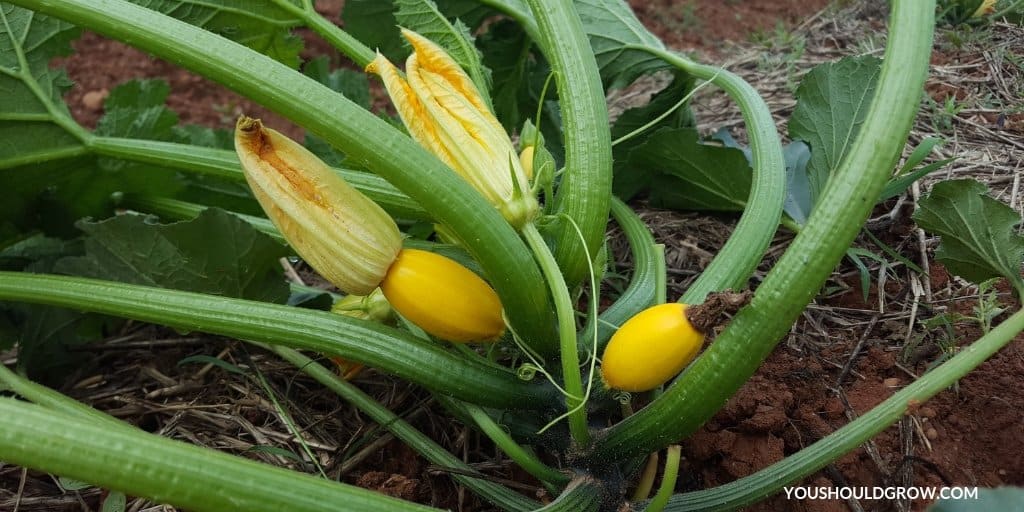
In this post, we’ll be talking about the most common pests that plague squash, and we’ll discuss a few diseases that can affect your squash plants and fruit.
Cucurbits
Although I’m talking about controlling squash problems in this post, you’ll also find the same pests and diseases on your cucumbers and watermelon plants.
That’s because all of these fruits and veggies are in the cucurbit family, so if you see similar problems on other plants in your garden you can apply the same control and treatment protocols to them as well.
Squash bugs and cucumber beetles
Like other squash varieties, crookneck squash will most likely be plagued with squash bugs. One of my least favorite creatures on the planet, squash bugs can quickly take over your squash plant affect fruit set and quality.
They feed on your plants by piercing the leaves and stem with their mouthparts causing wilting even when well watered.
Look on the undersides of squash plant leaves for neat little rows of the red-orange colored squash bug eggs. You’ll also see the nyphs and adults crawling on the leaves, stem, and fruit of the plant.
Cucumber beetles are smaller than squash bugs. They are yellow and black with either stripes or spots like a lady bug. These pests are vectors for many of the diseases we will talk about so controlling pests is the best way to prevent fatal infections in your plants.
Controlling squash bugs without using pesticides is the most difficult aspect of growing crookneck squash. But if you stay ahead of them with the following techniques, you’ll still have plenty of sweet squash fruit this summer.
Leaf footed bugs
Leaf footed bugs will also feed on squash plants. They are just about as bad as squash bugs, or maybe worse because they seem to feed on all sorts of veggies.
Controlling leaf-footed bugs is no different from squash bug control. Row covers, companion planting, catch crops, and diligent use of organic insecticidal soaps can help minimize damage from these nasty pests.
Organic pest control options for squash plants
Row covers
Row covers are a great way to prevent infestation with squash bugs, but you’ll need to cover your plants as soon as you put them out. Plus you’ll be hand pollinating your flowers as the covers prevent good bugs from getting in as well.
Diatomaceous earth
Dusting the base and leaves of your plants with diatomaceous earth is helpful to cut down on the numbers of squash bugs. But it will only affect the young nymphs and must be reapplied if it gets wet.
Be careful NOT to get any diatomaceous earth inside your squash flowers as this can injure and kill beneficial pollinators.
Insecticidal soaps
Insecticidal soaps can be effective if applied correctly and often. To get the most benefit, spray as it cools down in the evening. This is when squash bugs are the most active and pollinators are less active.
Insecticidal soaps need to coat the squash bugs in order to be effective. During the day, the bugs hide in the debris under the plant so spraying during this time is not the best use of your time.
Don’t spray the top of your plant, make sure you’re coating the undersides of leaves and around the base of the plant.
Hand picking
Hand picking and squishing the squash bug eggs is one of the best ways to control squash bug numbers. Scrape, squish, or remove the seeds with duct tape when you find them.
Stomp, smush, or drown adults as you catch them. But be aware that they stink to high heaven when killed. It’s a truly unpleasant smell, but one of victory!
Companion planting
It can be beneficial to plant certain flowers and veggies with your squash plants to encourage beneficial insects and possibly repel pests. Flowers like nasturtium and marigold are said to repel squash bugs and beetles.
I’ve also read that radishes grown with your squash can help minimize infestations. Radishes are super easy to grow, so I don’t see any reason not to give it a try!
Catch crops
Catch crops are another way of distracting and discouraging squash bugs on your squash plants. The variety Blue Hubbard is known to be among the squash bugs most favorite types of squash.
Set out a few Blue Hubbard plants along the perimeter of your garden and let them grow for a couple of weeks before setting out your crookneck squash plants. Don’t kill the squash bugs on the Blue Hubbards, but allow them to grow through the life cycle.
Hopefully, these sacrificial plants will take on most of the pest problem, leaving your tastier crookneck squash less affected.
Get rid of their winter habitat
At the end of the season, pull up your squash plants and all the mulch and debris under them and burn it. Have a beer as you watch it burn and celebrate the fact that you’re minimizing your squash bug problem for next year.
Squash Vine borers
The squash vine borer is another pest that can kill young squash plants. These caterpillars live in the soil and bore into the stalk of your squash plants causing it to wilt and die.
To prevent squash vine borers, you can wrap the stem of your young plants with aluminum foil, plastic cups, or other type of barrier to prevent access to the base of your plant.
If you’re too late and the borer is already inside your squash plant, you can try a few different techniques to kill it.
- Cut into the stem about an inch above the boring hole and remove the pest
- Stab into the stem about an inch above the boring hole with a needle to attempt to kill the pest
- Inject Bt about an inch above the boring hole to kill it or at least slow it down
Other pests of squash
Squash plants will sometimes become infested spider mites and melon aphids. Both of these are quite small little pests that can cause a lot of damage if allowed to multiply and infest your plants.
Aphids are little bugs about the size of a sesame seed. They can be white, black, pink, or green in color. They’ll tend to hide on the undersides of leaves and they leave behind a sticky substance we call honeydew.
Spider mites are even smaller than aphids…so small you may not be able to see them. They will cause a stippled look on the leaves of your plants, and you’ll also see a weblike network on the bottom of your leaves.
Options for treatment of these pests include dusting with diatomaceous earth and spraying with spinosad, or if you’re desperate, pyganic.
Powdery mildew of squash plants
If you notice your plants are wilting and have a thin white film growing on the surface of the leaves, then you have powdery mildew. Powdery mildew is a fungal infection that can overwhelm and kill your plant by blocking out sunlight.
Powdery mildew shows up in the hot dry periods of summer and will also affect pumpkins and cucumbers. The white powdery growth of the fungus will appear on all parts of the plant, and leaves will begin to turn yellow.

It’s easiest to prevent powdery mildew by not crowding your plants and applying a horticultural oil like neem oil. Neem oil treatments can also help treat mild and early powdery mildew infections.
A 40% solution of cow’s milk and water is a common household treatment for mild or early powdery mildew infections. Drench the leaves of your plant with the solution on a warm sunny day and retreat every 10 days. The concentration of the milkfat is not important as it is the milk proteins that are taking action on the mildew.
Here are some other homemade treatment ideas for powdery mildew.
Downy mildew of squash
Downy mildew is a different fungal disease of squash and other cucurbits that causes a velvety type growth on the undersides of the leaves. It does not have the white appearance that powdery mildew does, but rather has a fluffy, grey-colored growth.
Downy mildew also causes brown and yellow spotting on the leaves that appear similar to mosaic viral infections.
In contrast to powdery mildew, downy mildew prefers a cool, wet environment. However, you can have both types of mildew affecting your plants at the same time.
The best practice for preventing and treating mildew infections is the application of Neem oil every 7-10 days. It’s important to repeat the treatments as they do not have a very long residual effect.
Other diseases of squash
Squash plants can also be affected by bacterial wilt, anthracnose, mosaic virus, and gummy stem blight. Bacterial wilt causes sudden wilting and quickly leads to death of the plant.
Anthracnose and gummy stem blight will cause brown to black spots on the leaves. With gummy stem blight you might notice a gummy film growing on the spots and/or concentric rings making a target type spot on the leaves. Anthracnose causes water soaked spots that eventually fall out in the center leaving holes in the leaves of your plants.
Mosaic virus causes mottled yellow, crinkled leaves and stunted growth of the plant. The fruit can also be affected by this disease.
Unfortunately, there is no treatment for any of these diseases, so best practice is to remove and destroy affected plants. Remove all debris and mulch from the area where the plant was growing.
Your plants become infected with many of these diseases by pests like squash bugs and cucumber beetles. So controlling these pests will go a long way to prevent problems.
Once the disease is introduced into your garden, the disease can remain in the soil for a long time. It’s important to make note of where your plants grew so you can avoid the same location for future plantings.
Blossom end rot of squash
Most gardeners think of blossom end rot as a problem of tomatoes, but it can also affect squash, watermelon, and cucumbers. It is not generally due to a lack of calcium in the soil as is frequently claimed.
Rather, blossom end rot has many causes and the best way to control it is to take care not to stress your plants by keeping them appropriately watered and fertilized.


